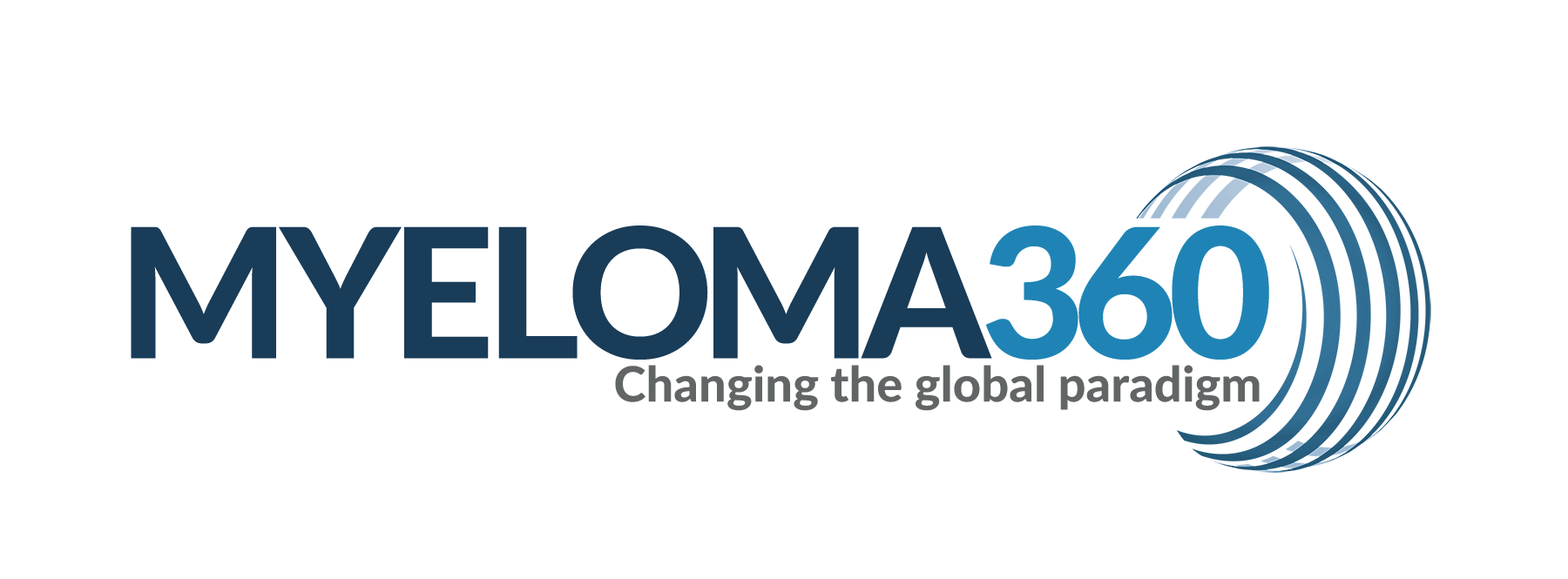Clin Lymphoma Myeloma Leuk. 2025 May 14:S2152-2650(25)00159-4. doi: 10.1016/j.clml.2025.05.007. Online ahead of print.
ABSTRACT
BACKGROUND: The standard treatment for newly diagnosed, transplant-eligible multiple myeloma (NDMM) patients typically involves triplet therapy (TT) with bortezomib, lenalidomide or thalidomide, and dexamethasone, followed by autologous stem-cell transplantation. Adding daratumumab, a CD38-targeting monoclonal antibody, to TT has shown promise, though available evidence remains limited. This study systematically reviews and analyzes the impact of adding daratumumab to TT in these patients.
METHODS: PubMed, Embase, Web of Science, and Cochrane databases were searched for articles comparing the daratumumab integrated QT and standard TT for NDMM. Endpoints included overall response rate (ORR), complete response (CR) or better, disease progression or death, progression-free survival (PFS), overall survival (OS), minimal residual disease (MRD) negativity rate, and adverse events (AEs). Pooled relative risk (RR), and hazard ratios (HR) with 95% CI were calculated using a random-effects model. Heterogeneity was assessed using I2 statistics.
RESULTS: Five studies involving 3407 patients (1,371 received QT) were included. Disease progression or death was significantly lower in the quadruplet group. Patients receiving QT presented significantly higher PFS and OS, along with higher rates of ORR, and MRD negativity rate. Additionally, the QT group showed a trend towards an increase in CR or better. The risk for both hematological and non-hematological AEs was higher in the QT group.
CONCLUSION: The findings suggest that incorporating daratumumab into standard TT for treating transplant-eligible NDMM patients is associated with higher response rates and reduced disease progression and mortality. However, it is important to note that this regimen also comes with a higher incidence of AEs.
PMID:40473556 | DOI:10.1016/j.clml.2025.05.007
